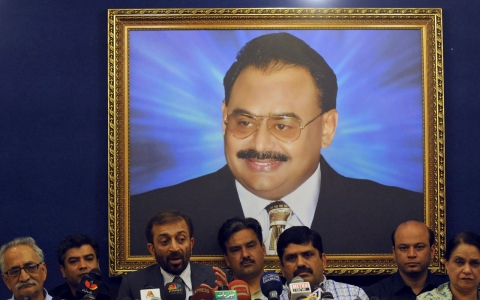
The most advanced fighters in the Democratic People’s Republic of Korea (DPRK) military are 1980s-vintage, Russian-made MiG-29s, which, along with a lot of 1970s and earlier aircraft, comprise the bulk of the nation’s air force. Given that the opening round of any conflict across the 38th parallel will likely be fought in the air, the DIA judges Pyongyang’s aircraft and air defense systems as decades out of date. North Korea’s huge conventional forces are capable of a “high-intensity, short-duration attack on the South with thousands of artillery and rocket systems.” This capability could cause “thousands of casualties and massive disruption to a regional economic hub.” Kim Jong Un has put “overriding priority” on military investments, to the detriment of all other economic sectors, the DIA said.Ĭonventionally, the North Korean military is suffering from accelerating obsolescence, according to the DIA. Though North Korea appeared to be on the brink of collapse 30 years ago-suffering a three-year famine that killed “almost a million people”-it endures against all odds, the DIA said, becoming “a growing menace” to the U.S. The DIA said North Korea’s asymmetric strategy includes cyber espionage, cyber theft, and cyberattacks on “critical infrastructure” in adversary countries. North Korean President Kim Jong Un’s “vision” for his nation’s military is to have an ability to “directly hold the United States at risk” and compel it to make policy decisions “beneficial to Pyongyang,” DIA director Lt. The last time Pyongyang conducted a long-range, land-based ballistic missile test was in November 2017, and its last known nuclear test was two months before that.

The United Nations has barred North Korea from conducting long-range ballistic missile tests or pursuing a nuclear weapons program. North Korea has claimed that it’s conducted other missile tests in recent weeks, including that of a hypersonic missile, called the “Hwasong 8,” in September, although U.S. The North Korea report is patterned after the Pentagon’s “Soviet Military Power” assessments of the 1980s, which it has revisited in recent years with similar reports on China. Pyongyang continues to pose a “critical security challenge” to the U.S. and South Korean forces on the peninsula, hence the emphasis on the asymmetric strategy. The DIA judges North Korea’s conventional power to be extremely large but increasingly obsolete, especially compared to U.S. The asymmetric strategy emulates some of Russia’s approach to national security since the end of the Cold War, substituting weapons of mass destruction for conventional capability. The report reiterates DIA’s previously stated assessment that North Korea is focusing on ballistic missiles-and its nuclear program-to deter the U.S.


15 report, said, “it is possible we could see a test of a long-range missile” from North Korea “over the next year.” Even if such tests were not forthcoming, “Pyongyang will probably focus on training and improving its missile forces, which are increasingly central to North Korea’s deterrence strategy,” the DIA said. commitment to the defense of South Korea and Japan “remains ironclad,” INDOPACOM said. personnel or territory, or that of its allies, and said it will continue to monitor the situation. “condemns these actions” and calls on Pyongyang to “refrain from any further destabilizing acts.” INDOPACOM assessed that the missile doesn’t pose an immediate threat to U.S. Indo-Pacific Command issued a statement saying it is “aware” of the missile launch and that “we are consulting closely with the Republic of Korea and Japan, as well as other regional allies and partners.” The U.S. The test, in which an SLBM launched from the port of Sinpo into the Sea of Japan, was detected and characterized by South Korea, which said the missile attained an altitude of about 40 miles, traveling about 280 miles downrange. No sooner had the Defense Intelligence Agency issued its North Korean Military Power report, in which it predicted Pyongyang would resume ballistic missile tests, than North Korea did exactly that, lofting a submarine-launched ballistic missile Oct.


 0 kommentar(er)
0 kommentar(er)
